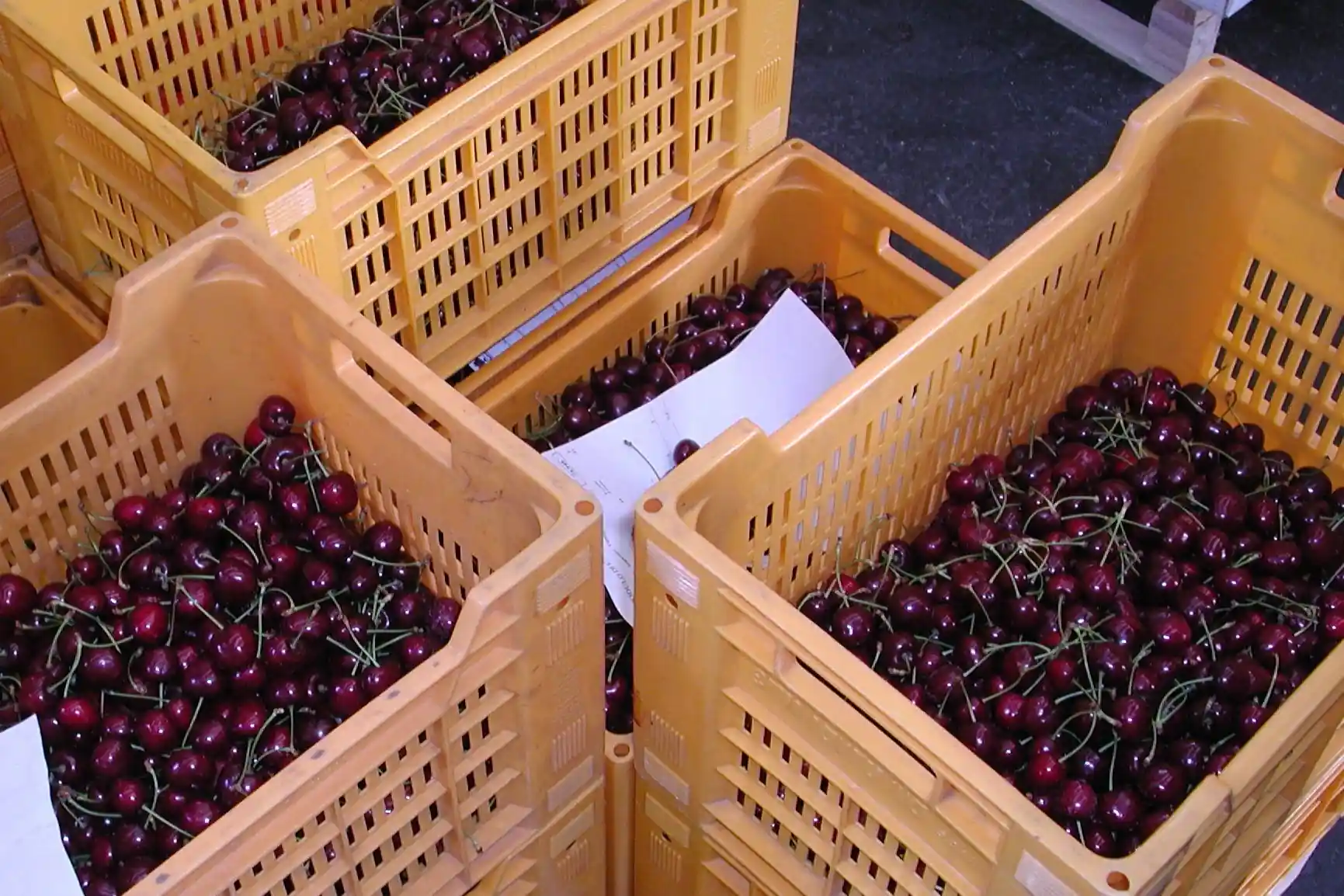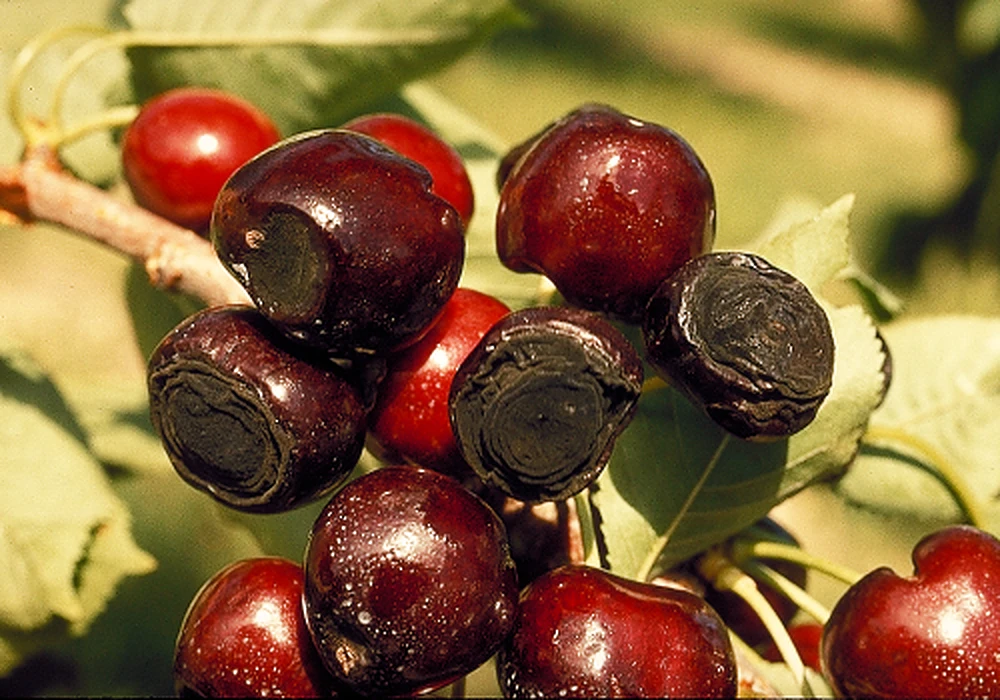The invasive potential of Prunus cerasus (sour cherry) in Argentina’s Los Alerces National Park is closely linked to its dual reproductive strategy: both sexual and asexual.
A recent study has highlighted how these two ways of reproduction contribute in a complementary way to the species' expansion, particularly by influencing fruit availability, an essential factor for attracting frugivores and ensuring long-distance seed dispersal.
Sexual reproduction, through the phenological variability of seed-originated individuals, enables prolonged fruit production over time.
In contrast, asexual reproduction via stolons produces clones that fruit synchronously, creating dense and spatially concentrated fruiting patches.
Study areas and clone density
The study compared two areas with diHering Prunus cerasus densities: one with low and one with high abundance.
In the high-density area, clones increased the fruiting area by up to 32 times compared to the crown of the mother tree alone, despite each clone producing significantly fewer fruits.
Moreover, the high clone density (up to 2.47 individuals/m²) greatly amplified the attractiveness of each patch, turning it into a strong magnet for mammalian and avian frugivores.
In temporal terms, where the species has been present longer and sexual reproduction has had time to generate more genetic diversity, fruit availability extended up to five months.
Phenology and fruiting period
In recently colonized areas, by contrast, the fruiting period remained limited to two months.
This emphasizes that increasing the number of seed-generated individuals, with staggered fruiting phenology, is essential to extend fruit availability throughout the season.
Another noteworthy finding is the plasticity of the clonal system: although there is a relationship between the size of the mother tree's crown and the development of the clonal patch, significant diHerences emerged among individuals with similar trunk diameters but vastly diHerent patch sizes.
This suggests that both the age at which cloning begins and local environmental conditions (e.g., light availability) strongly influence the development of clonal structures.
Ecological implications and management
The coexistence of both reproductive strategies ensures a broad spatial and temporal coverage of fruit supply, increasing dispersal opportunities.
This trait, already observed in other invasive species, proves especially relevant in the Patagonian forest context, where disturbances such as fire or avalanches create large regenerating areas that serve as ideal niches for pioneer species like Prunus cerasus.
The interaction between phenological plasticity, spatial fruit abundance, and frugivore attraction may lead, as already documented in Europe with Prunus avium (sweet cherry), to increasing dominance of invasive species at the expense of native flora.
The scenario suggested by the authors is that Prunus cerasus’s invasive dynamics may intensify over time, especially if favored by climate change, further extending its fruiting season.
Conclusion and recommendations
This study not only provides a new perspective on plant dispersal dynamics (specifically for Prunus cerasus) but also oHers a practical tool for forest management and conservation.
It highlights the urgency of monitoring and controlling the spread of species equipped with such eHective and integrated reproductive strategies.
Source: Berrondo, M. O., & Bravo, S. P. (2025). El papel de la reproducción sexual y asexual de Prunus cerasus (Rosaceae) en la fructificación. Ecología Austral, 35(1), 029-042. https://doi.org/10.25260/EA.25.35.1.0.2338
Image source: Victoriana Nursery
Andrea Giovannini
University of Bologna (ITA)
Cherry Times - All rights reserved












